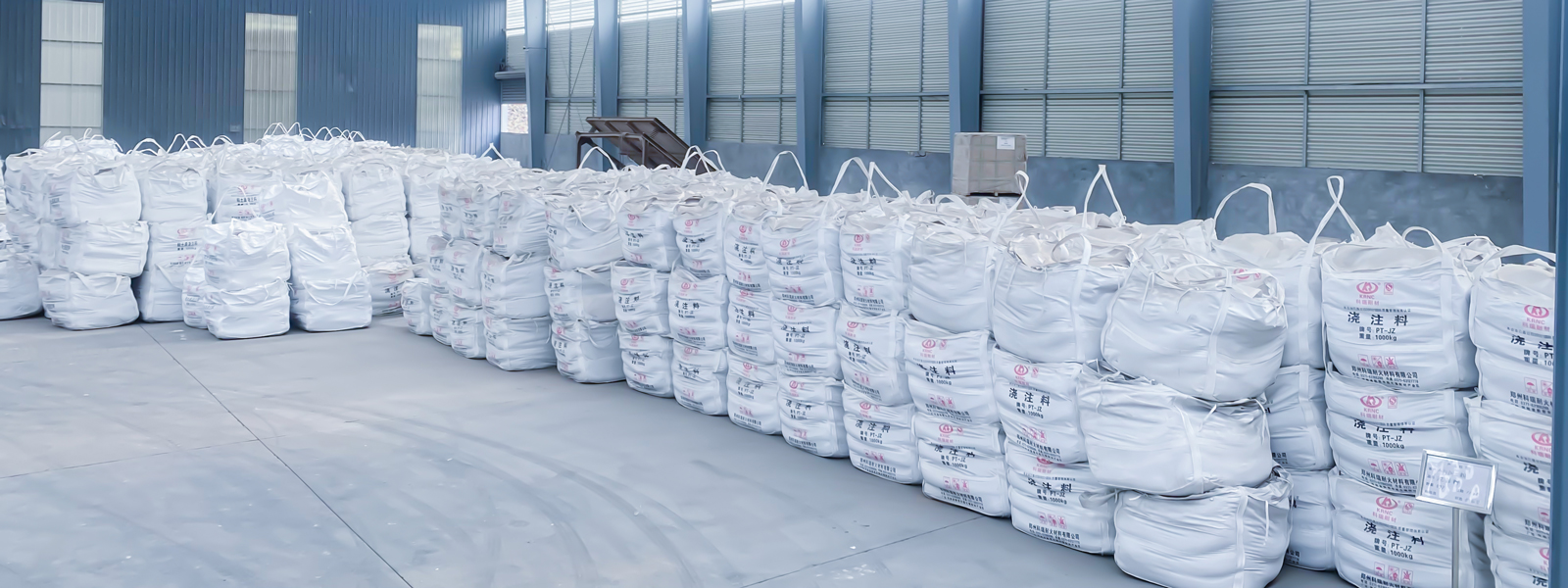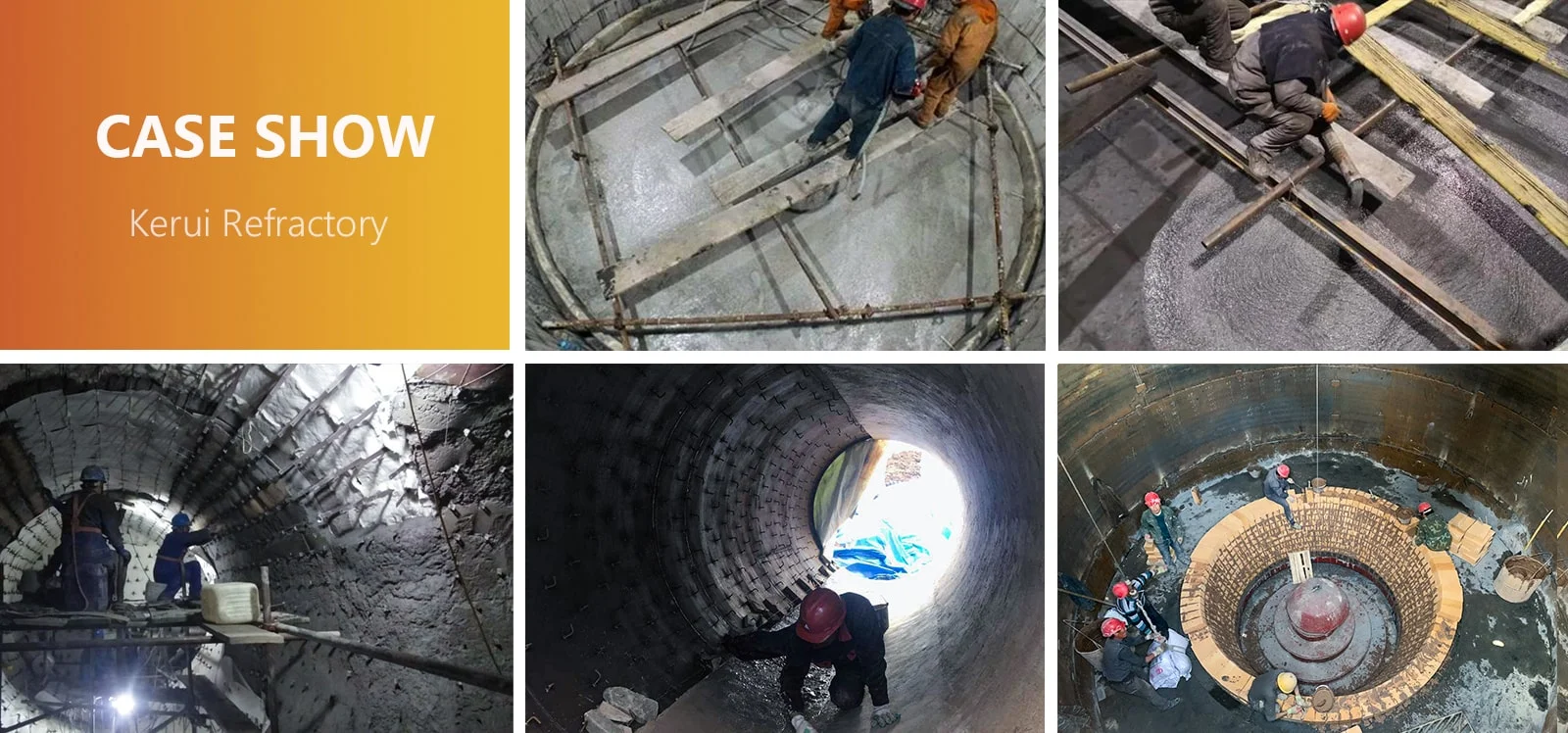The main chemical compositions aggregates, powders and binders. Aggregate raw materials include silica, diabase, andesite, and waxstone. The castable is also called refractory castable. It adopts the pouring construction method and can harden without heating. Castable is a granular and powdery material made of refractory materials and a certain amount of binder. It has high fluidity and is suitable for amorphous refractory materials formed by casting.

Testing Methods and Standards of Refractory Castable
1. Determination of Specific Surface Area
Weigh 0.2g of each of the three types of hydrated alumina, and measure the specific surface areas of the three types of hydrated alumina using a fully automatic specific surface area meter.
2. Particle size distribution measurement
Take a certain amount of hydrated alumina, place it on a laser particle size analyzer, and measure the particle size distribution of three types of hydrated alumina through dry laser particle size.
3. Flow Value Measurement
The test steps for the flow value are as follows: put the castable refractory mix into the mold in two layers, and tamp the castable in the mold evenly so that the castable exactly fills the truncated cone mold. After wiping off excess material on the jumping table, remove the mold and start the jumping table. After the beating is completed, use a vernier caliper to measure the expanded diameter of the bottom surface of the castable and calculate the average value, which is the fluidity of the castable.

4. Normal Temperature Flexural Strength and Compressive Strength
The three-point bending test method was used to measure the flexural strength at room temperature.
The specific test steps are as follows: first measure the width and height of the test block, then place the sample in the flexural testing machine and apply stress to the sample at a constant speed until the sample breaks. Record the maximum load number.
5. Volume Density and Apparent Porosity Test
The test principle is mainly the apparent porosity and bulk density. This follows Archimedes’ principle.
6. Breathability
The air permeability test steps are as follows: dry the prepared sample of aluminate cement at 110°C for 2 hours and then cool it to room temperature for later use;
- Measure the diameter and height of the sample to the nearest 0.1mm;
- First conduct a blank experiment to check the air tightness of the system;
- The sample is placed into the sample cylinder of the sample holder, the sample cylinder is placed on its base, and pressed by hand, and the latex sleeve lining the sample cylinder is inflated to seal the side of the sample. Generally, use 1.0-1.2kgf/cm2;
- Slowly adjust the micro-regulating valve to control the gas pressure; measure the gas flow rate for each sample at three different pressure differences. Record flow readings, differential pressure readings, laboratory temperature, and atmospheric pressure.

Conclusion
The above are several aspects of testing refractory castables’ physical and chemical properties. Kerui’s high-quality refractory castables support applications in different fields. In addition to this, Kerui engineers provide technical support to customers around the world. The selection of suitable refractory castables is crucial for the operation of high-temperature kilns. For products you are interested in, you can choose to test them yourself or leave a message to Kerui for support.




